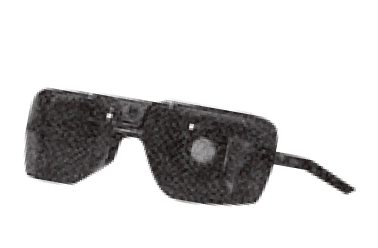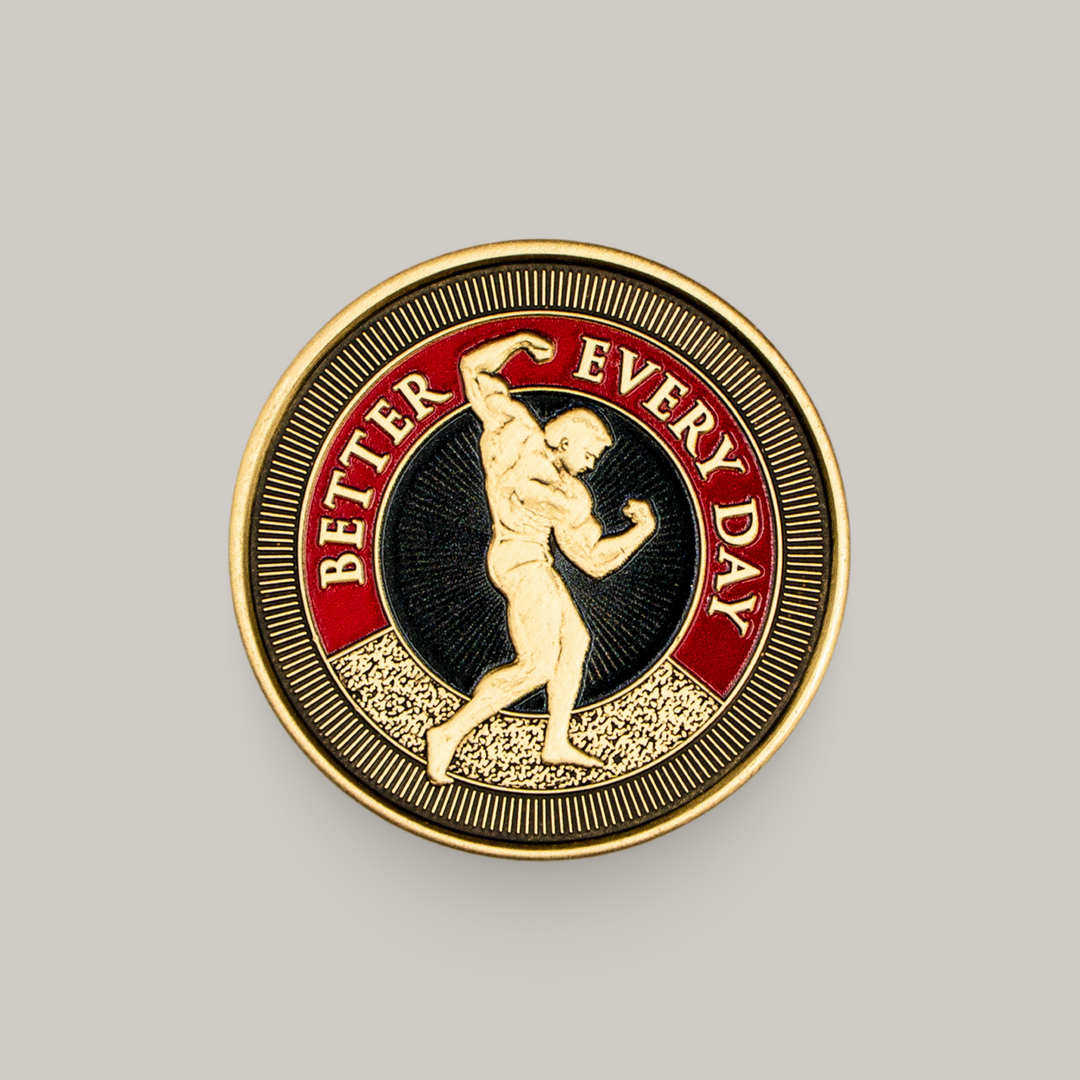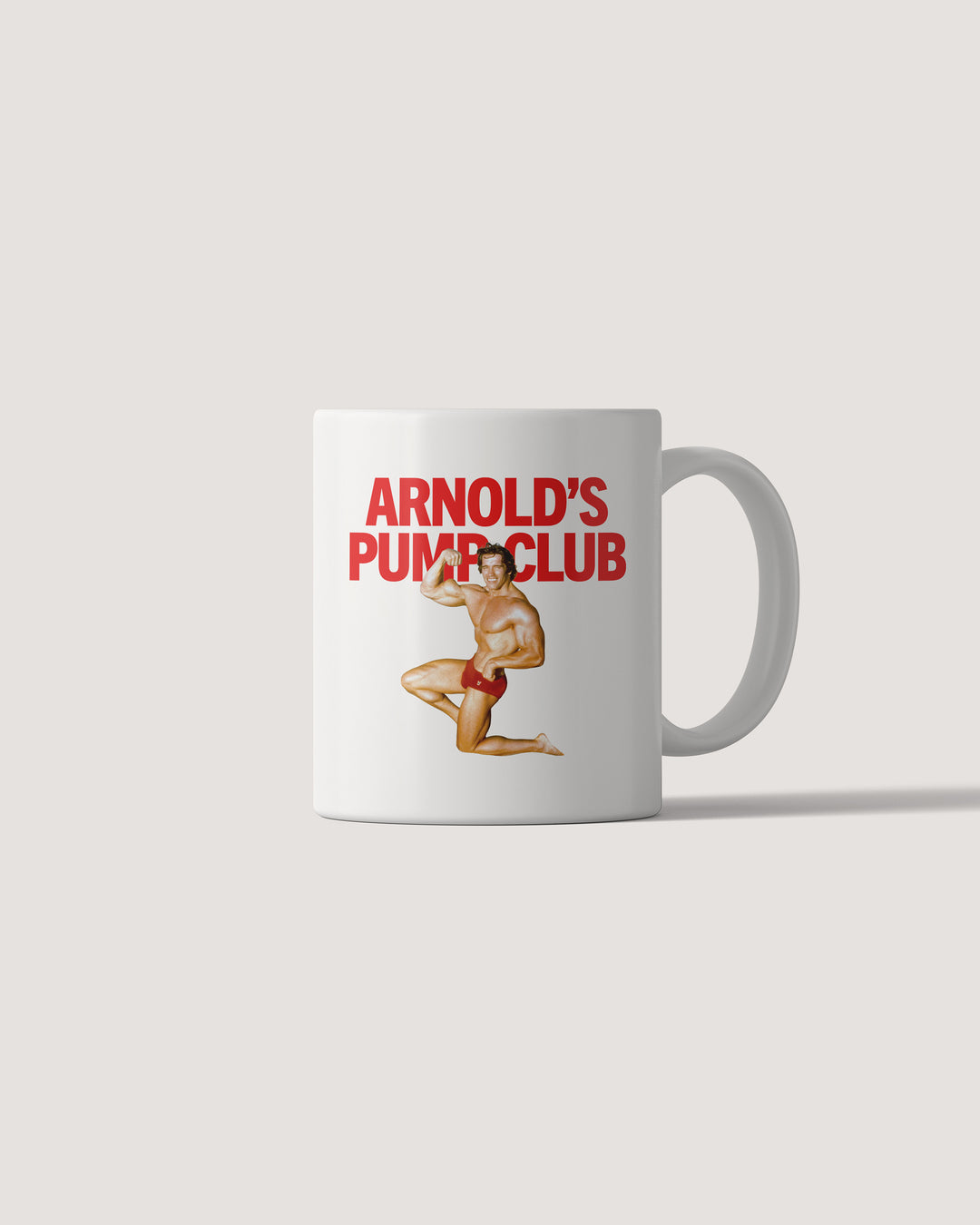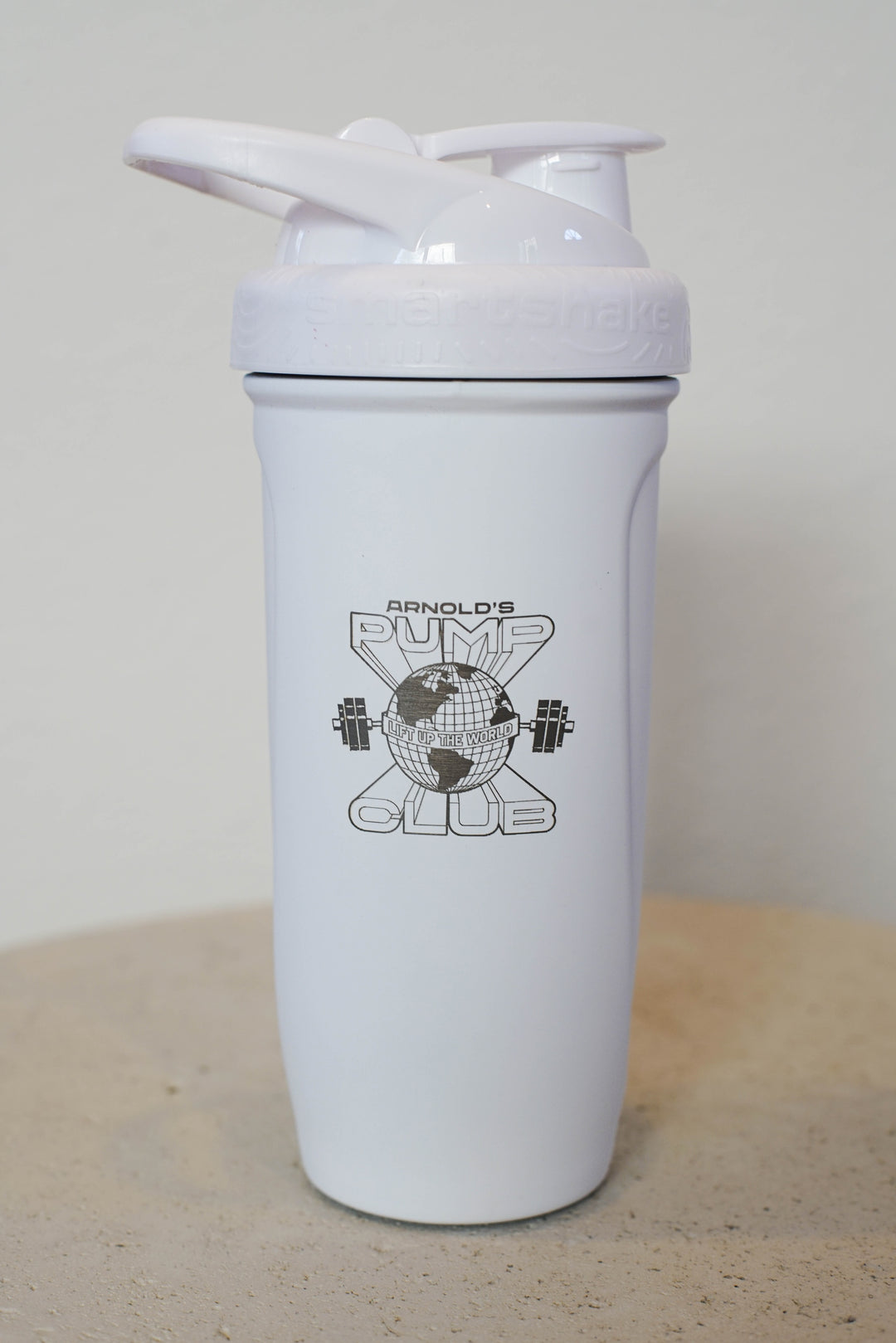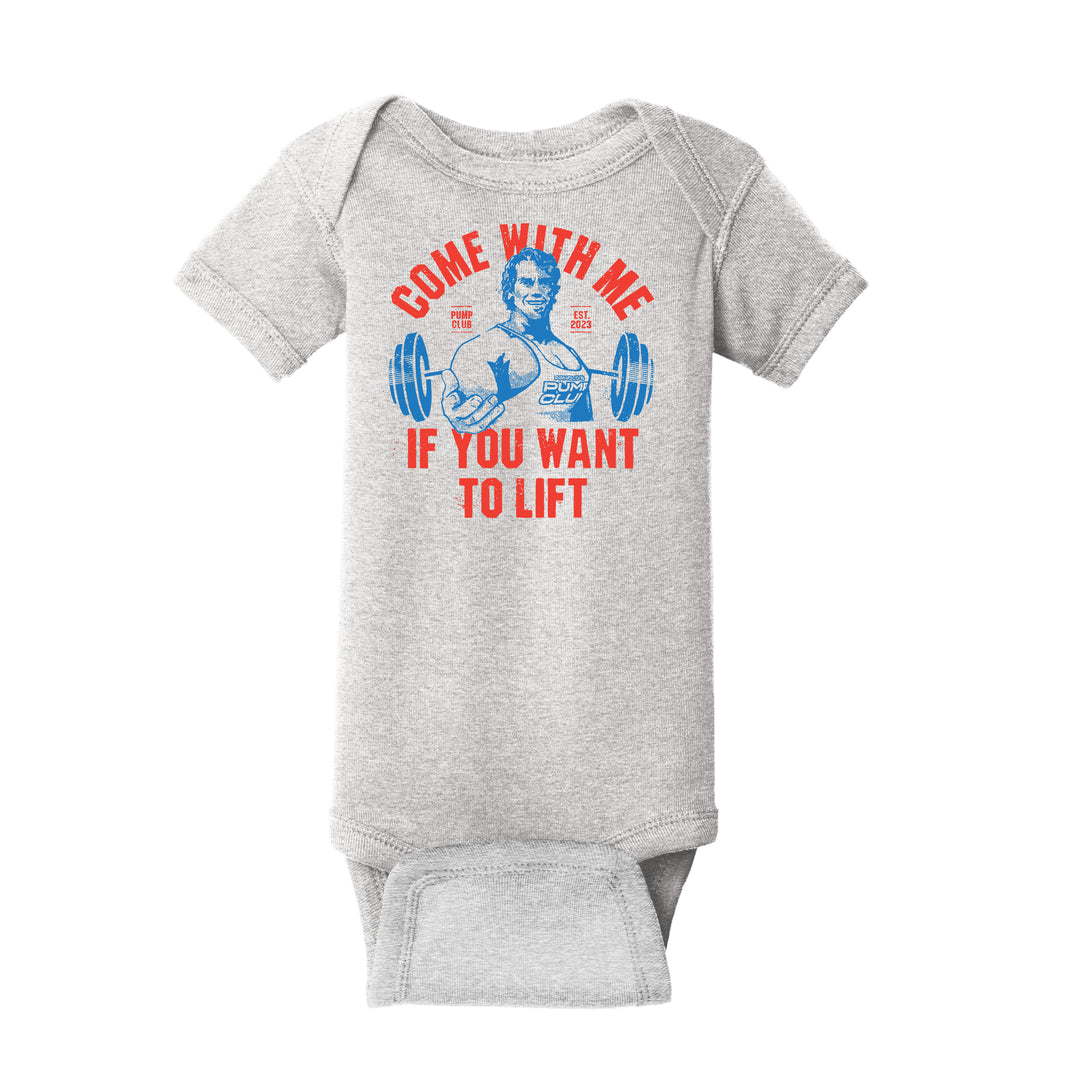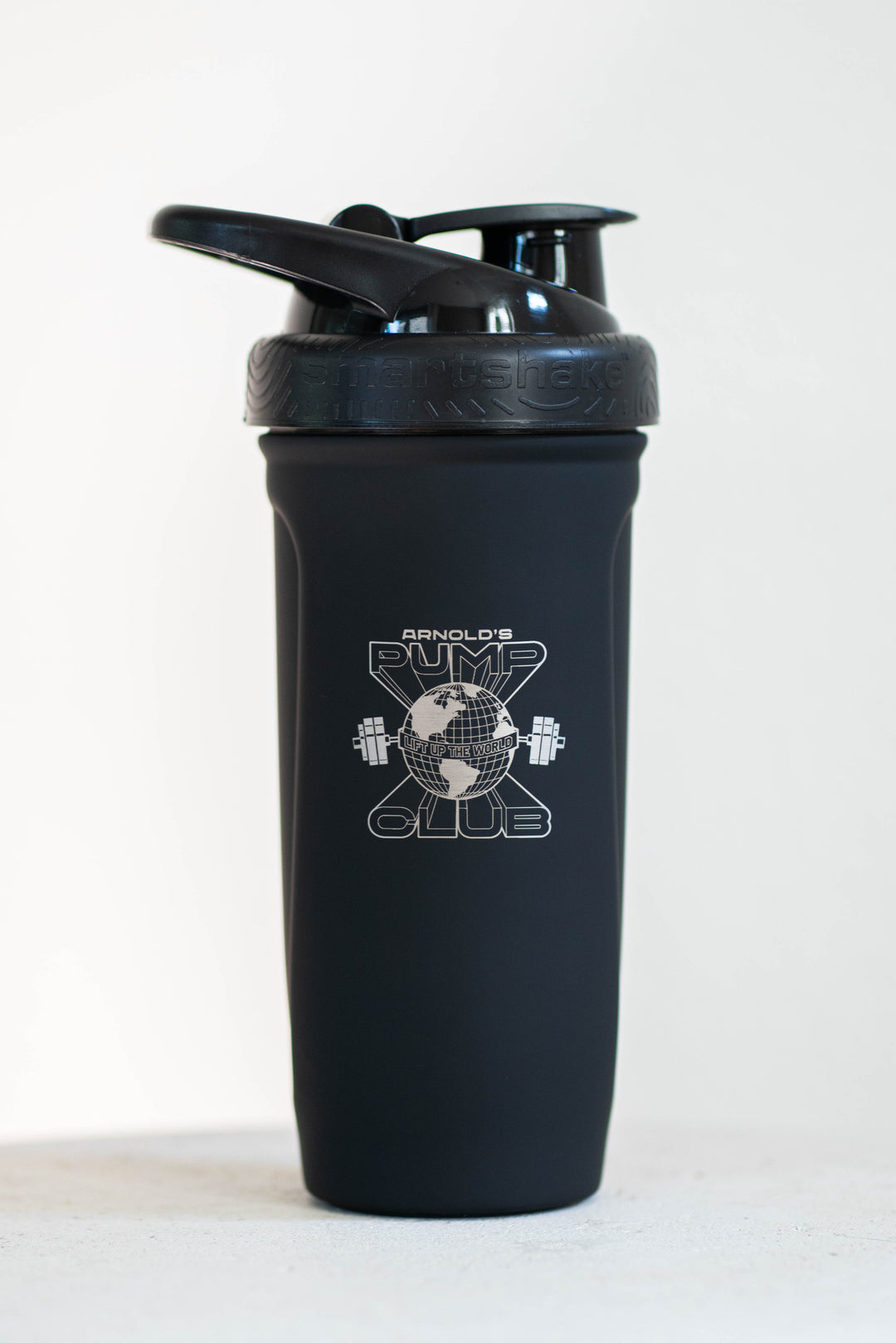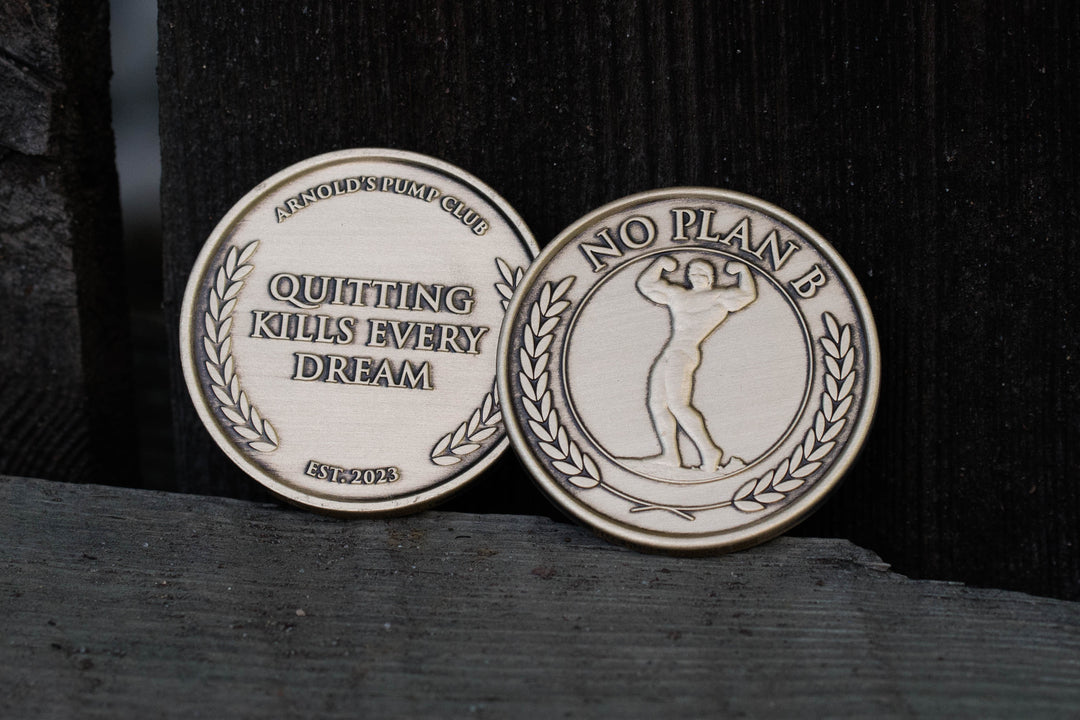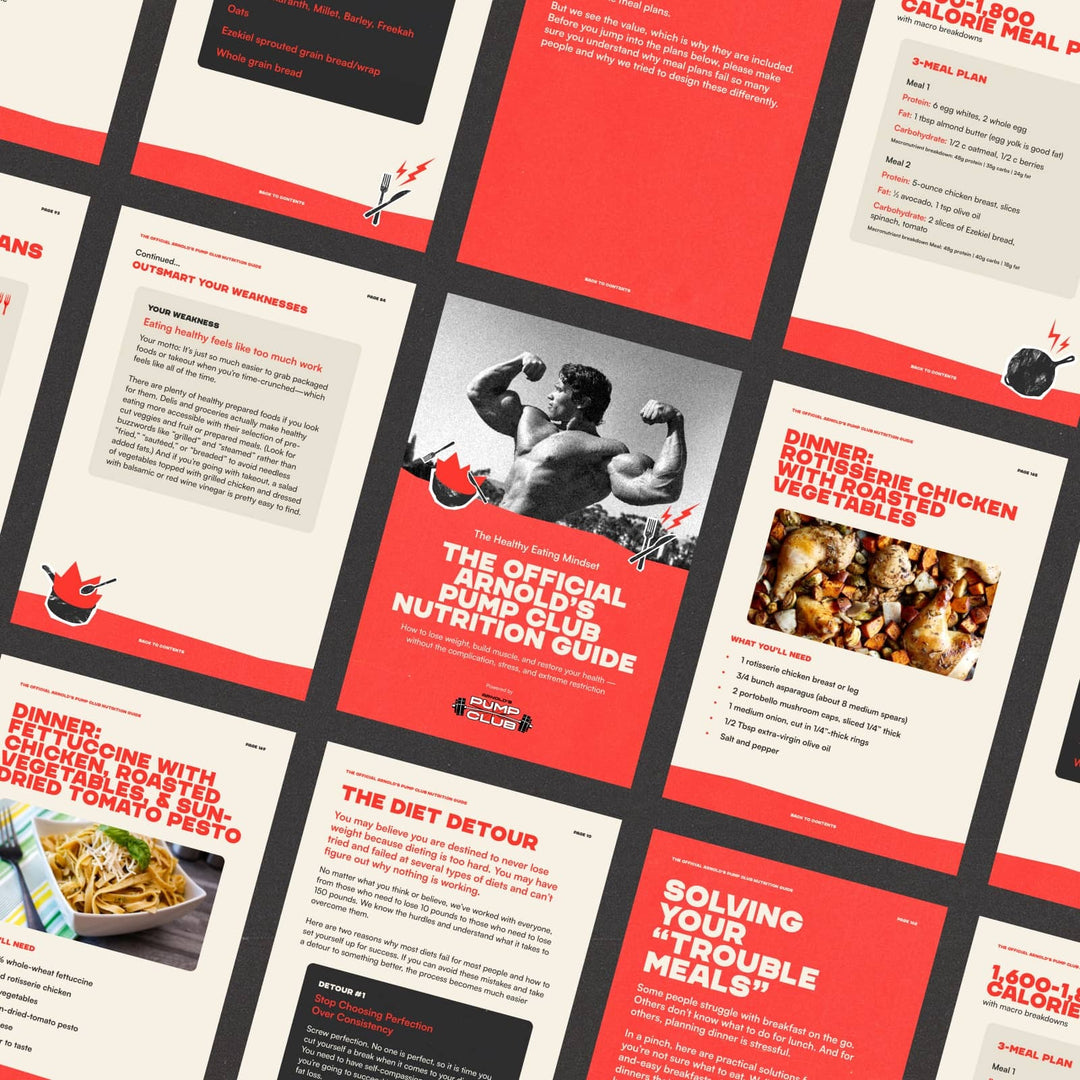Welcome to the positive corner of the internet. No one likes to feel tricked, especially about their health. That’s why every weekday, we make sense of the confusing world of wellness with quick tips designed to make you healthier in less than 5 minutes. If you were forwarded this message, you can get the free daily email here.
Today’s Health Upgrade
A natural headache cure
Perception is reality
An unexpected cardio boost
Arnold’s Podcast
Want more stories from Arnold? Every day, Arnold’s Pump Club Podcast opens with a story, perspective, and wisdom from Arnold that you won’t find in the newsletter. And, you’ll hear a recap of the day’s items. You can subscribe on Apple, Spotify, Google, or wherever you listen to podcasts.
A Natural Cure For Headaches
Do you suffer from pounding headaches or repeated migraines? You might have a new option that has other health benefits.
New research suggests that fish oil might help reduce the severity and frequency of bad headaches.
The scientists studied nearly 200 people who suffer from frequent, intense headaches (anywhere from 5 to 20 headaches per month). For 16 weeks, people were randomly assigned to one of two diets. Both had the same macronutrients and calories, but one group ate lots of omega-3 fatty acids. The high fish oil group consumed approximately 1.5 grams of omega-3 fatty acids daily from fatty fish like salmon and sardines.
The participants who ate more fish oil suffered from fewer headaches, and they reported sleeping better, being less stressed, and feeling healthier.
The researchers believe the positive results might result from increasing levels of 17-HDMA, a pain-relieving molecule your body makes from omega-3 fatty acids. We don’t know if taking fish oil pills will have the same result, but — in theory — the outcome could be similar.
Eating more fish is likely to make a difference not just because of the omega-3s but also because fish contains various other nutrients that could be helpful for migraines, such as vitamin D. So if you suffer from bad headaches, it might be worth trying to consume fish two to three times per week. Or, if you don’t like fish, you can see if a quality fish oil makes a difference.
Perception Is Reality
When is an “unhealthy” food actually healthy? When you believe it is.
Research suggests that your perception of the “healthiness” of food influences how your body reacts to it.
The study was a fascinating example of “where the mind goes, the body follows.” The scientists had participants drink either a high-fat and high-sugar milkshake, a low-fat, low-sugar milkshake, or water. Then, they tested everyone’s flow-mediated dilation (FMD), which is a marker of endothelial function related to cardiovascular disease. In other words, they were testing to see how the different drinks impacted the health of the participant’s arteries.
Those who drank the high-fat, high-sugar drink experienced worsened FMD compared to the low-fat, low-sugar milkshake or water. No big deal, right? Not exactly.
The participants didn’t realize it, but both milkshakes were identical (high in fat and sugar). However, those who thought they were drinking a healthier version didn’t experience the negative effect on FMD function.
This adds to the growing research about the “nocebo effect,” which focuses on how negative expectations can influence physical health. This can work against you when you’re taught to believe that foods are bad or dangerous — when, in reality, they are not. (This is why it’s so important to learn you can’t screw this up!)
The study found that when participants thought the milkshake was healthier — even though they were still drinking a high-fat, high-sugar milkshake — their arterial function was similar to drinking water.
This isn’t to say you should be drinking milkshakes every day. If you consume highly caloric and high-sugar foods repeatedly, it will negatively impact your health. But, the poison is in the dose. By understanding that food is not inherently bad — and building habits that help you eat well most of the time — you can prevent your mind from harming your body.
An Unexpected Cardio Boost
The best way to improve running is to spend more time consistently running. The second best way might be something you didn’t expect.
Recent research suggests that lifting heavy weights makes you a more efficient and faster runner.
There was an old belief that lifting or getting “bulky” legs will make you slower, but strength and size are not directly related. You can build stronger legs — and become better at cardio — without adding too much mass. And if you add muscle, it isn’t necessarily a bad thing, either.
In the study, runners saw the most significant improvements in running economy when training with 90 percent of their maximum weight and performing 1 to 4 repetitions. And that’s not all. Plyometric training also provided additional benefits, although not as much as lifting weights.
If you want to improve your running, focus on heavier weights, but don’t do too many sets. Studies suggest you only need to perform about 2 to 6 sets per muscle group, performed 2 to 4 times per week. And remember, there’s no such thing as a quick fix. It will likely take at least 8 to 10 weeks to see the improvements.
—
Publisher: Arnold Schwarzenegger
Editors-in-chief: Adam Bornstein and Daniel Ketchell







